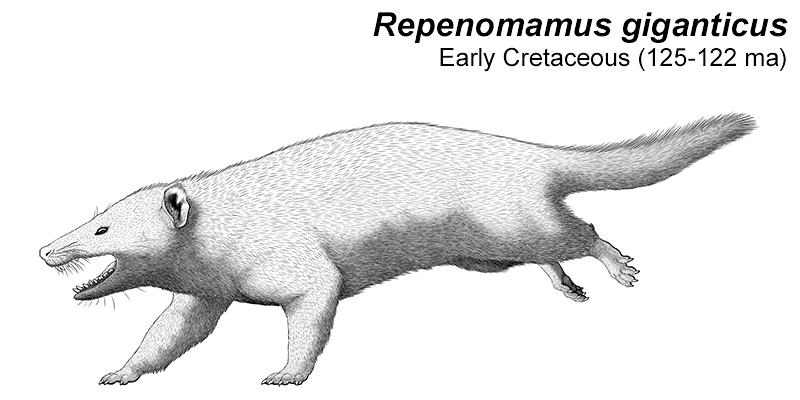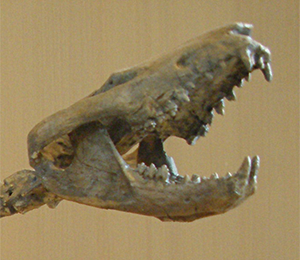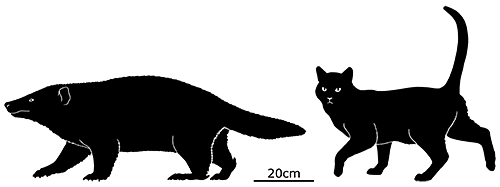I haven’t posted any PBS Eons commissions here for quite a while, so let’s catch up a bit of the backlog:
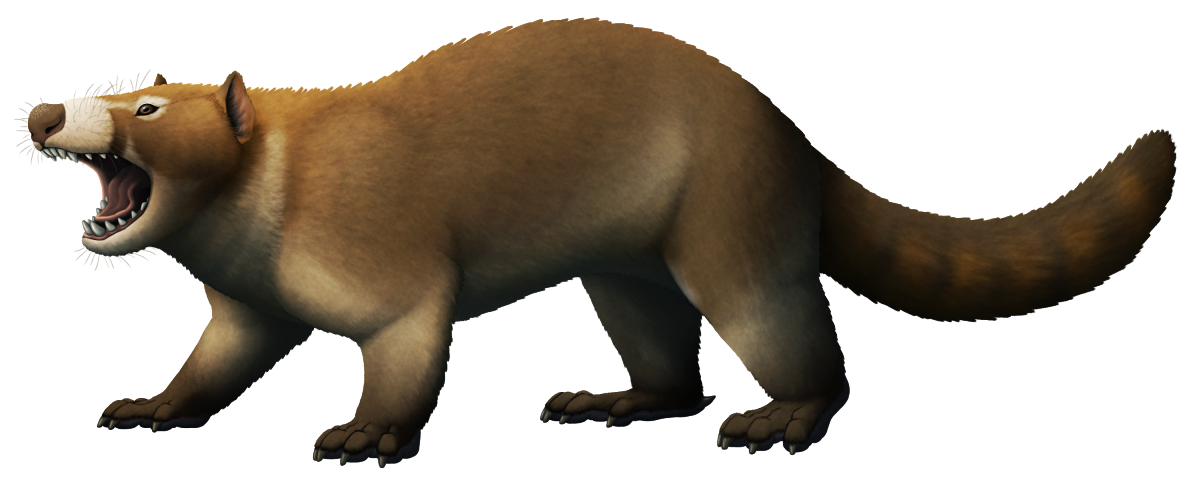

The Cretaceous mammals Repenomamus robustus and Repenomamus giganticus, from “When Mammals Only Went Out At Night”
https://www.youtube.com/watch?v=JqZONKXWPfw

A carcass of the whale Borealodon, from “How Ancient Whales May Have Changed the Deep Ocean”
https://www.youtube.com/watch?v=1vb00-gcdtA
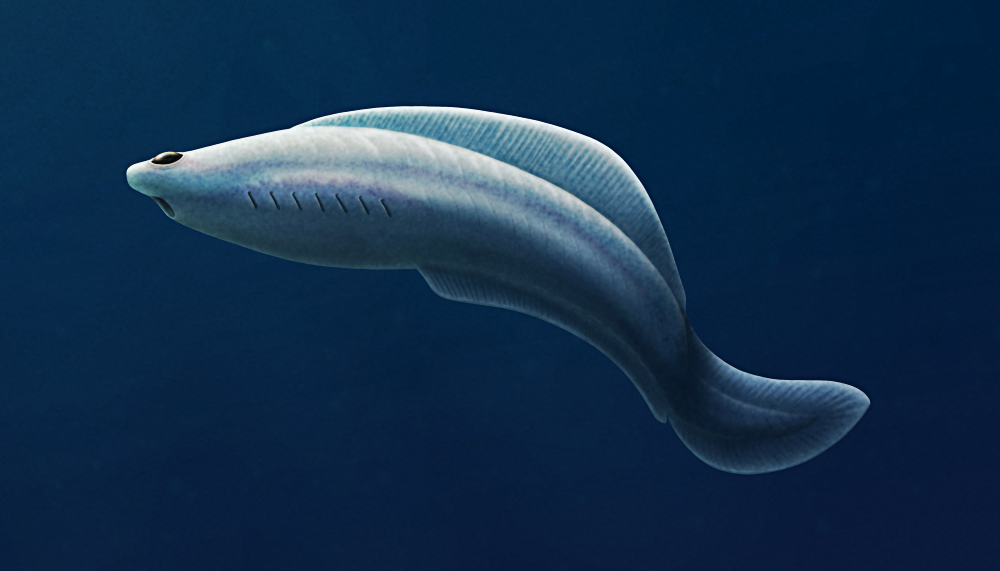
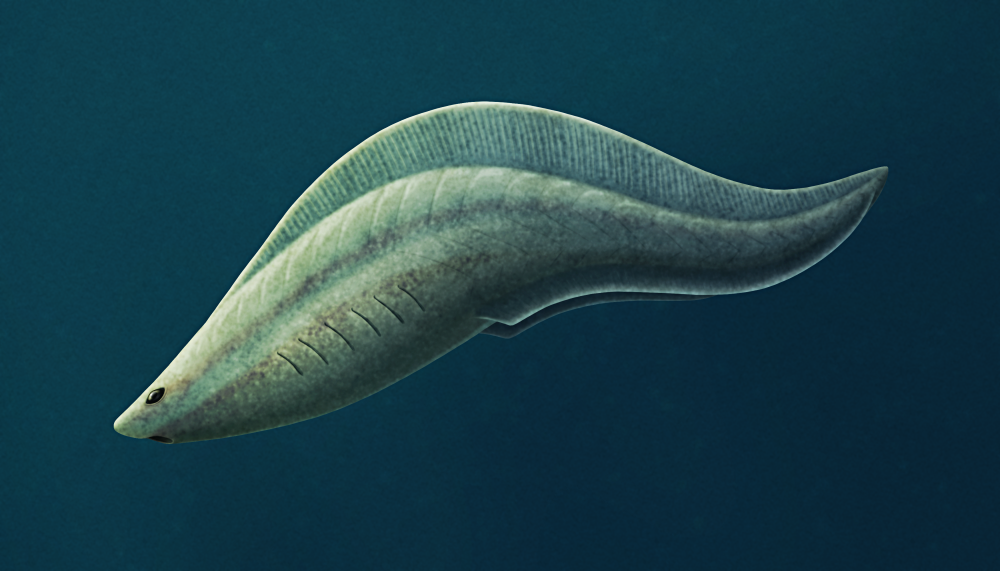
And the early vertebrates Haikouichthys and Myllokunmingia, from “Why Sour May Be The Oldest Taste”
https://www.youtube.com/watch?v=XXgd_cNZSvk

